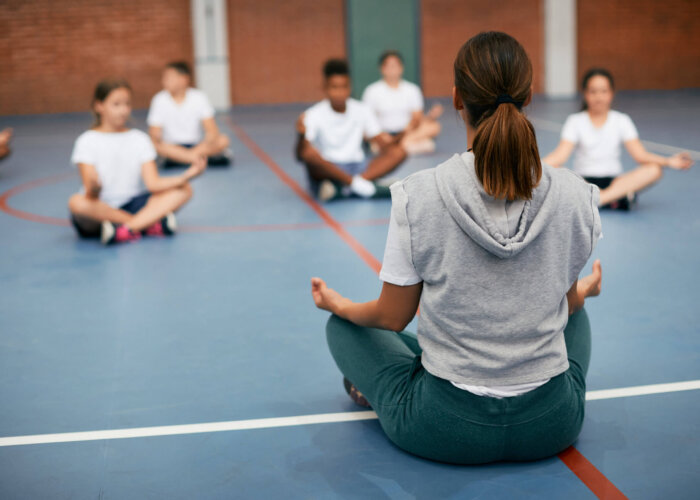10 Tips for good PE

10 Tips for good PE
It doesn’t matter how long we have been teaching our coaching, we are all looking for ways to make our lessons better. There are some cornerstones of teaching that apply no matter the subject area. We have 10 tips for good PE which you can use as a checklist to ensure your lessons are always on point. Over time we all use our tried and tested techniques to get the most from our pupils but a refresher is always helpful. Or if you are a new teacher use these 10 tips for good PE to help plan and deliver your lessons for great pupil engagement and progress.
Be organised
What does it mean to be organised when teaching PE?
- Get your equipment ready in the cupboard, ready to take out, or even better, set it out before the children come in.
- Make sure equipment is safe and fit for purpose, balls are pumped, bibs are folded etc.
- Deliver your learning objectives in the classroom before setting out to the play area.
- Know what’s coming up, don’t timetable gymnastics when the hall will be taken over by the Christmas performance for four weeks!
Set the scene
Paint a picture of what the lesson will be like, create excitement. Use stories, comparisons, or other devices to give the children an example of what will occur. For example, if you are starting basketball for the first time and children have netball experience, draw the comparisons and highlight the differences that they can look forward to learning.
Engage pupils in activity quickly
Harness your pupils’ natural enthusiasm by getting them on task quickly at the start of a lesson. Benefits include
- Setting the tone for learning
- Fewer incidents of disruptive behaviour
- More time to achieve outcomes
- Increased time on activity thereby increasing pupils’ fitness
Differentiate learning activities
In a good PE lesson, all children are working towards the same outcome; they achieve this through effective differentiation.
You can differentiate a good PE lesson by using the STEP method. If we change the Space, Task, Equipment or People involved in an activity, it can increase the chances of success for those taking part.
Spend time ‘doing.’
Time on activity is essential when learning new skills, developing mindset and honing interpersonal skills.
Aim for 20% teacher speak and 80% activity time. A few ways to help you achieve this are:
- Only stopping small groups at a time and allowing others to continue play/participate in the activity
- ‘Stop, stand still’ – make your point and allow the class/group/individual to continue; there is no need to stop everyone and sit them down.
- Peer review with small groups or pairs rather than the whole class watching and feeding back, its more effective
Provide enough challenge
Ensure the activities are suitably challenging with objectives that set high expectations. From this high expectation, you can then manage individual pupil outcomes based on their ability. Activities should not be so complicated that children become frustrated but allow for variations of the same task that leads to success for all.
Ensure your lessons are well rounded
PE isn’t just about being active and learning physical skills. PE is an opportunity to embed physical, social, emotional, and cognitive learning. PE in primary school plays a vital role in developing the whole child, so your planning should give an opportunity to explore these areas. We call them Head, Hand and Heart.
Use demonstration
Demonstrations are a powerful learning tool in PE. You can demonstrate yourself, through videos or best by using a pupil. Children retain more by watching someone their age demonstrate a skill or concept rather than an adult. You could show a confident child a video before the lesson or talk through the demo while a child gives it a go. Don’t worry if the demonstration isn’t perfect; include 3 or 4 key teaching points that children can use to nail down the skill and refer to throughout the lesson
Check for understanding
As teachers, you will know the power of questioning and the many different techniques you can use to draw out understanding from your pupils. With PE, there is also the opportunity for children to show and demonstrate their knowledge and learning. You do not need to wait until the end of the lesson to question or ask for a demonstration. Check for understanding regularly; you can do this via a mixture of individual, group or class interaction.
Build good relationships with your pupils
When teaching PE, it is vital to be a role model. Turn up in your kit, trainers on, hair tied back (where needed!) and rings off. Children will link what they’re doing to the way you, as the teacher, are behaving. PE offers a unique opportunity to develop deeper relationships with your pupils as they learn trust, teamwork, interference and independence under your guidance.

